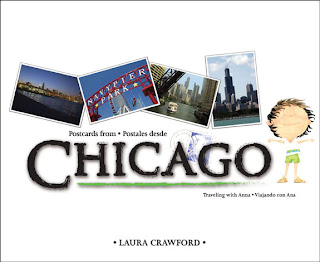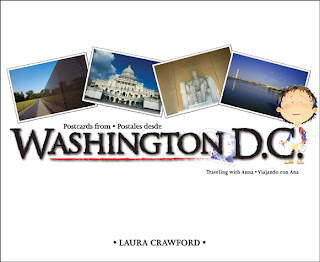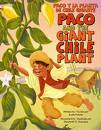 The Lotus Seed
The Lotus Seed By Sherry Garland
Illustrated by Tatsuro Kiuchi
Harcourt Brace, 1993
I stumbled across this book when I was looking for picture books to make “Text-to-World” connections with my students. It was used in a lesson in Strategies that Work by Stephanie Harvey and Anne Goudvis (2nd edition).
The book is about a young girl from Vietnam who wanted to remember the emperor when he lost his throne. So, she took a seed from a lotus flower in the emperor’s gardens to remember him by. When the Vietnam War tore apart her country, she moved to America, but she took the lotus seed with her to remember her country. She kept in near her family’s alter, wrapped carefully.
Many years later her grandson found the seed, wondered what it was, and took it outside and planted it without telling anyone. The girl, now a grandmother, cried and cried over her lotus seed. Soon it bloomed into a lotus flower and they were able to share the seeds among the family members to remember their home country of Vietnam.
I loved this story. I didn’t use it for a text to world connection lesson though. I am putting it in my files for next year to use this book with Red Butterfly, which I recently reviewed here.
If you are interested in other text-to-text connection books I use together, see my list here.




 Paco and the Giant Chile Plant: Paco Y La Planta De Chile Giganta
Paco and the Giant Chile Plant: Paco Y La Planta De Chile Giganta
